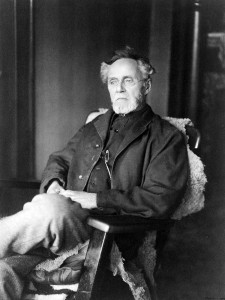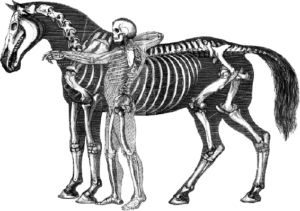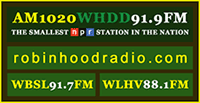 Osteopathy is indigenous to America and was founded by Andrew Taylor Still, MD. Still was a physician on the American frontier during the mid-1800’s and was a major for the Union Army during the civil war. In 1869 he lost 3 children to meningitis while all the best that medicine had to offer stood idly by. “The experience was related to his loss of faith in orthodox medical methods. The new concept came at an hour when a sincere prayer went up to his Maker for guidance. Dr. Still studied the living human body in great detail and developed a knowledge of its anatomical-physiological mechanisms that became the keynote of his phenomenal skill in diagnosis and technique. In all of his lectures and talks, he never neglected to refer to his Maker, the Maker of the human body.” (Sutherland, Contributions of Thought). Still did not claim to be the inventor of Osteopathy, only to have discovered it. He said Osteopathy was as old as time itself.
Osteopathy is indigenous to America and was founded by Andrew Taylor Still, MD. Still was a physician on the American frontier during the mid-1800’s and was a major for the Union Army during the civil war. In 1869 he lost 3 children to meningitis while all the best that medicine had to offer stood idly by. “The experience was related to his loss of faith in orthodox medical methods. The new concept came at an hour when a sincere prayer went up to his Maker for guidance. Dr. Still studied the living human body in great detail and developed a knowledge of its anatomical-physiological mechanisms that became the keynote of his phenomenal skill in diagnosis and technique. In all of his lectures and talks, he never neglected to refer to his Maker, the Maker of the human body.” (Sutherland, Contributions of Thought). Still did not claim to be the inventor of Osteopathy, only to have discovered it. He said Osteopathy was as old as time itself.
During World War II osteopathic physicians were prohibited from becoming fully commissioned medical officers. Instead they were encouraged to stay home and care for the people and communities at home. This led to a strong desire for parity with our medical colleagues and eventually in 1963 the military recognized osteopathic physicians as equivalent to allopathic physicians (MDs). By the mid-1960s all 50 states created full licensure for osteopaths in all aspects of medicine and surgery. Perhaps, though, this came at some cost. Osteopathic medical schools began teaching more and more medicine. Still said: “We believe that our therapeutic house is just large enough for osteopathy and that when other methods are brought in just that much osteopathy must move out.” (Still, Research and Practice). Today, many DOs (doctors of osteopathy) have only a rudimentary understanding of what Still discovered and many are not capable of giving an adequate manipulative (hands on) treatment. To many DOs, OMM (osteopathic manipulative medicine) is an adjunct to pharmacological and surgical treatment. As osteopaths our hands-on treatment should be central to what we do. Other methods, including pharmacology or even nutritional interventions should be seen as adjunctive. Yet Still said: “Adjuncts are not necessary to the osteopath.”



